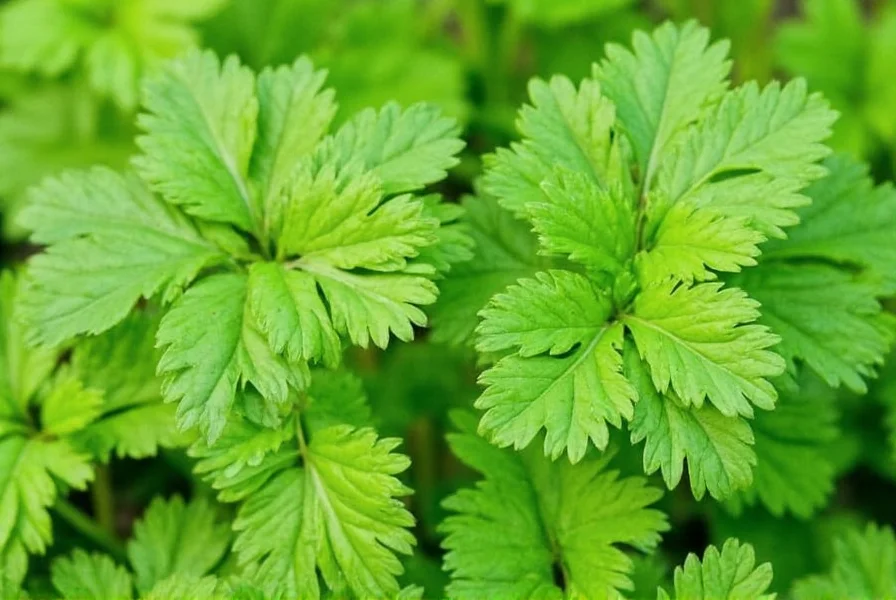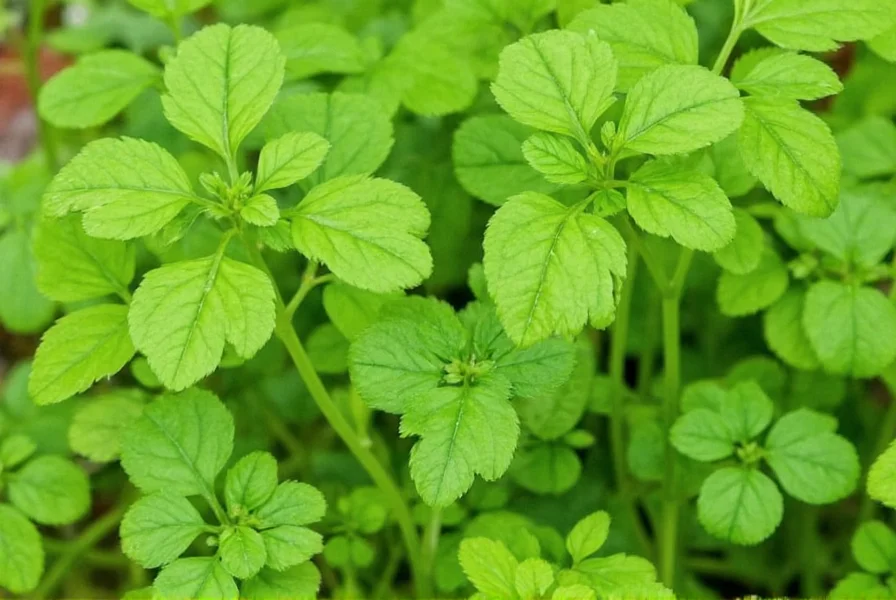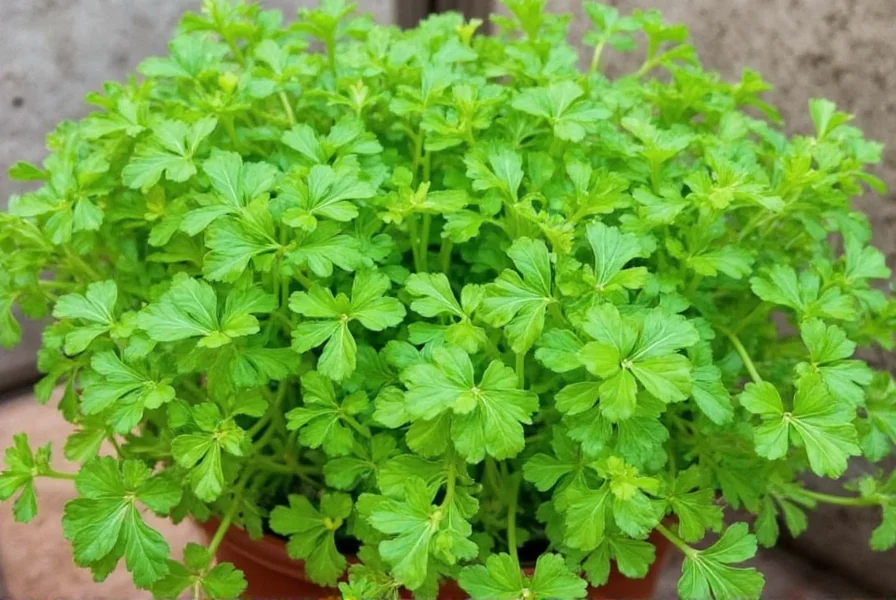Coriander (Coriandrum sativum), also known as cilantro in its leafy stage, is a versatile herb prized for both its fresh leaves and aromatic seeds. This annual herb grows relatively quickly and can thrive in gardens or containers with proper care. Whether you're an experienced gardener or just starting your first herb patch, understanding the specific requirements for growing coriander will help you enjoy a bountiful harvest throughout the growing season.
Understanding Coriander Growth Requirements
Coriander has specific preferences that differ from many other herbs. Unlike perennial herbs like rosemary or thyme, coriander completes its life cycle in one growing season, making proper timing essential for continuous harvest. The plant prefers cooler temperatures and will quickly bolt (go to seed) when exposed to prolonged heat, which changes the flavor profile of the leaves.
| Growing Factor | Optimal Condition | Tolerance Range |
|---|---|---|
| Temperature | 50-85°F (10-29°C) | 40-95°F (4-35°C) |
| Soil pH | 6.2-6.8 | 6.0-7.5 |
| Sunlight | 4-6 hours partial sun | 3-8 hours |
| Water Needs | Consistent moisture | Never waterlogged |
Best Soil for Growing Coriander
Coriander thrives in well-draining soil with moderate fertility. Heavy clay soils can cause root rot, while extremely sandy soils may dry out too quickly. The ideal soil mix contains:
- Loamy garden soil with added organic matter
- 1-2 inches of compost worked into the top 6 inches of soil
- pH between 6.2-6.8 (slightly acidic to neutral)
For container growing, use a high-quality potting mix rather than garden soil. Adding perlite or vermiculite (about 20% of the mix) improves drainage significantly. Avoid using nitrogen-rich fertilizers, as these can reduce the distinctive flavor of coriander leaves.
Planting Coriander Seeds Successfully
Direct seeding works best for coriander, as the plants develop long taproots that don't transplant well. Follow these steps for successful planting:
- Wait until soil temperature reaches at least 55°F (13°C)
- Sow seeds 1/4 inch deep, spacing them 2-4 inches apart
- Cover lightly with soil and water gently
- Keep soil consistently moist until germination (7-14 days)
- Thin seedlings to 6-8 inches apart once they reach 2 inches tall
For continuous harvest, practice succession planting by sowing new seeds every 2-3 weeks. This technique ensures you always have young plants producing tender leaves, as mature plants will bolt quickly in warm weather.

Watering and Feeding Requirements
Consistent moisture is critical for growing coriander without premature bolting. The plant prefers evenly moist soil but cannot tolerate waterlogged conditions. Follow these watering guidelines:
- Water when the top inch of soil feels dry
- Aim for 1-1.5 inches of water per week
- Water deeply but less frequently rather than shallow daily watering
- Use mulch to maintain consistent soil moisture
Fertilizing coriander is generally unnecessary if you've prepared the soil with compost. If growth seems slow, apply a balanced liquid fertilizer (5-5-5) at half strength once when plants are 4-6 inches tall. Over-fertilizing, especially with nitrogen, can reduce the characteristic flavor of the leaves.
Preventing Coriander from Bolting
Bolting (premature flowering) is the biggest challenge when growing coriander. Once the plant bolts, leaf production stops and the flavor changes. To delay bolting:
- Plant in partial shade during hot seasons
- Maintain consistent soil moisture
- Choose bolt-resistant varieties like 'Slo-Bolt' or 'Calypso'
- Plant during cooler months (spring or fall)
- Harvest leaves regularly to encourage new growth
In hot climates, consider growing coriander as a cool-season crop, planting in early spring or late summer for fall harvest. Some gardeners have success growing coriander indoors during summer months to avoid temperature extremes.
Harvesting Coriander Leaves and Seeds
Harvesting technique affects both yield and plant longevity. For leaf production:
- Begin harvesting when plants reach 6 inches tall
- Cut outer leaves first, leaving the center growth point intact
- Never remove more than one-third of the plant at a time
- Harvest in the morning when essential oils are most concentrated
For coriander seeds (also called cilantro seeds or Chinese parsley seeds), allow plants to flower and develop seed heads. Harvest seeds when they turn from green to brown and begin to dry. Cut the entire seed head and place it in a paper bag to finish drying. The seeds will naturally fall into the bag as they dry completely.

Growing Coriander in Containers
Container growing is an excellent option for coriander, especially for those with limited space or challenging climates. Follow these tips for successful container cultivation:
- Choose pots at least 8-10 inches deep to accommodate taproots
- Ensure containers have adequate drainage holes
- Use a high-quality potting mix with added perlite
- Place containers where they'll receive morning sun and afternoon shade
- Monitor moisture closely as container soil dries faster
- Fertilize monthly with a balanced liquid fertilizer at half strength
Container-grown coriander often performs better than garden-grown in hot climates because you can move pots to optimal light conditions as temperatures change throughout the day.
Troubleshooting Common Coriander Problems
Even with proper care, coriander may encounter some challenges. Here's how to address common issues:
- Yellowing leaves: Usually indicates overwatering. Allow soil to dry slightly between waterings.
- Leggy growth: Not enough sunlight. Move to a sunnier location or provide supplemental lighting.
- Aphids: Spray with insecticidal soap or a strong stream of water.
- White powdery mildew: Improve air circulation and avoid overhead watering.
- Premature bolting: Harvest more frequently and ensure consistent moisture.
Remember that coriander naturally has a relatively short productive life for leaf production, typically 4-6 weeks before bolting in warm conditions. Succession planting is your best strategy for continuous harvest.
Seasonal Growing Considerations
Coriander's performance varies significantly by season. In spring, plant as soon as soil can be worked. The cool temperatures promote lush leaf growth before bolting occurs. During summer, provide afternoon shade and increase watering frequency. In fall, plant 8-10 weeks before first frost for a second productive season as temperatures cool. In mild winter climates, coriander may continue growing through winter with some protection.
Frequently Asked Questions
How long does it take for coriander to grow from seed to harvest?
Coriander typically germinates in 7-14 days and reaches harvestable size (6 inches tall) in 3-4 weeks. You can begin harvesting leaves when plants have at least six true leaves. For seed production, allow plants to mature fully, which takes about 10-12 weeks from planting.
Can I grow coriander indoors year-round?
Yes, you can successfully grow coriander indoors year-round with proper conditions. Use a container at least 8 inches deep with drainage holes, place in a south-facing window or under grow lights (12-14 hours daily), maintain temperatures between 60-75°F (15-24°C), and keep soil consistently moist. Indoor plants may grow slightly slower than outdoor plants but can provide continuous harvest with proper care.
Why does my coriander keep dying after I harvest it?
Coriander plants often decline after heavy harvesting because they're sensitive to how they're cut. Never remove more than one-third of the plant at a time, and always cut outer leaves first while leaving the central growth point intact. Overharvesting stresses the plant and can trigger premature bolting or death. For continuous harvest, practice selective harvesting and maintain consistent soil moisture.
How do I store fresh coriander leaves to keep them fresh longer?
To maximize freshness, treat coriander like cut flowers. Trim the stems and place them in a glass with an inch of water, then cover loosely with a plastic bag and refrigerate. Change the water every 2-3 days. Alternatively, wash and dry leaves thoroughly, then store in an airtight container lined with a paper towel. Properly stored, fresh coriander can last 7-10 days in the refrigerator.
Can I grow coriander in hot climates like Texas or Florida?
Yes, but with special considerations. In hot climates, plant coriander as a cool-season crop in early spring or fall. Provide afternoon shade, maintain consistent soil moisture with mulch, and choose bolt-resistant varieties. Container growing allows you to move plants to optimal locations as temperatures change. Some gardeners have success growing coriander indoors during summer months with controlled temperatures and supplemental lighting.











 浙公网安备
33010002000092号
浙公网安备
33010002000092号 浙B2-20120091-4
浙B2-20120091-4